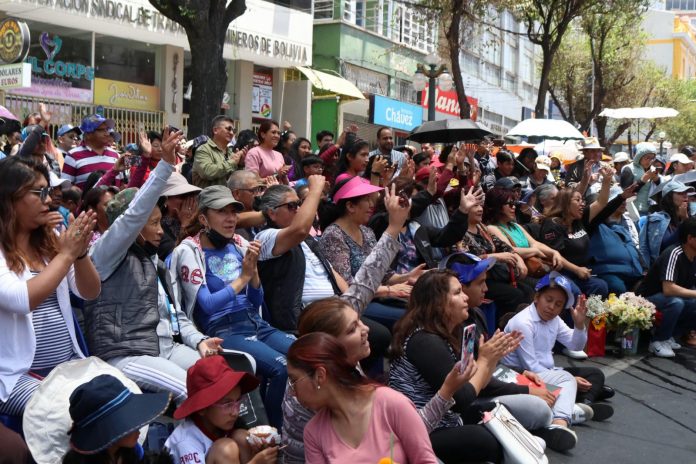Imagine traversing the iconic landscape of Copacabana and Ipanema beaches, capturing breathtaking views of Sugarloaf Mountain and Christ the Redeemer from vantage points few have seen. The drone revolution offers such exciting possibilities, but with great power also comes great responsibility, and of course, regulation. In Rio de Janeiro, Sky Rules is writing a new chapter.
The government in Rio is not only clipping its wings, it is also launching a symphony of urban airspace. But what does it take to be the master of your own drone in this vibrant Brazilian city?
First, every aspiring pilot should embrace the guardian of the Brazilian skies: the National Civil Aviation Agency, or ANAC, the body responsible for regulating Brazilian airspace. Looking for drone nirvana? Your search begins with a remote pilot licence, an air passport that requires 25 hours of rigorous flight training, a theory test and a practical test, ensuring you are not only a drone owner, but also a drone instructor.
Once the ink on your drone driver’s license dries, the drone itself requires identification. Registering your mechanical bird with ANAC is more than just bureaucracy, it is an affirmation that you respect the sky and those you share it with. Every drone, regardless of size or weight, should wear its registration information like a badge of honor. Think of it as your drone’s ID, complete with proof of insurance and a tag detailing its registration (you can check the official ANAC website for the full steps to register your drone).
But where exactly can you unleash your drone? Rio designates clear zones as no-fly zones: stay away from airports, military installations and any airspace marked “prohibited.” Its beaches may be vast, but drones must maintain a respectful distance of 50 meters from buildings and avoid flying over swimmers and beachgoers altogether.
For those who dream of touching the sky, limit your height: 120 meters is the limit for recreational drone flying in Rio. Keep your drone within your field of vision at all times; Keeping a low profile is equivalent to being outside the regulations, and you don’t want to flirt with atmospheric chaos.
Local teachers in Rio de Janeiro are your next audience. Through the city control and monitoring center, you will need the blessing of the local government. Signaling from the Brazilian Air Force’s Command and Control Center (CCOMAER) itself is also essential, ensuring that your flight plans do not infringe on the safety and tranquility of others.
Thus, with every step, from the ANAC gates to the municipal blessings of Rio’s guardians, a legal fabric is woven that allows you to blend into the city’s skyline, emphasizing the collective experience over individual adventures.
Now let’s ask the pressing questions. How do these regulations shape the future of drone flying in one of the most vibrant and beautiful urban areas in the world? Will Rio set a global precedent, balancing freedom and control in the sky? And perhaps most importantly, how can Rio’s drone pilots compose an aerial tune without causing cacophony?
Rio’s skies are not lawless limits; It is a painting of responsibility, creativity and respect. Whether you are a citizen, tourist or artist, your contribution to this atmospheric ecosystem can be harmonious. With the right strings – registration, training and awareness – the sky could become the stage for one of Rio’s many masterpieces, a dance of humanity and technology that dances in the breeze.
So, if you’ve ever dreamed of being a pilot, not in the traditional sense, but as a scenic coordinator and navigator of the sky’s final frontier, it’s time to take it a step further. The government of Rio de Janeiro does not stifle dreams; You are asked to fly with caution, within an urban fabric that respects safety and wonder. It’s an invitation to dance in the sky, just with a few basic rules.

Marcin Frakiewicz is a popular author and blogger, specializing in satellite communications and artificial intelligence. His insightful articles delve into the complexities of these fields and offer readers a deep understanding of complex technological concepts. His work is characterized by clarity and comprehensiveness.





